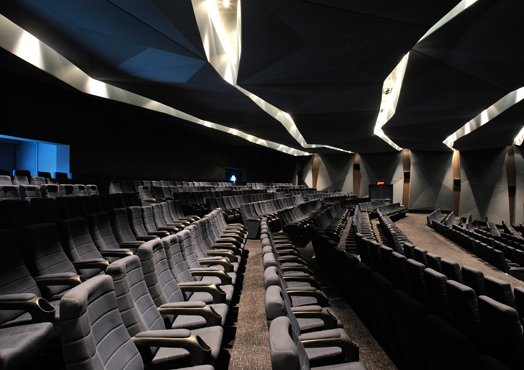By Marina Correa
Photography: Courtesy the
architects
Principal architects Sonali
and Manit Rastogi of Delhi-based firm Morphogenesis are not only an erudite and
smart couple, but also global itinerants, who have since childhood deeply
imbibed qualities of being culturally and ecologically-sensitive; polishing their
personalities into an ideal synthesis of what architects, designers, urbanists
and planners of the built and unbuilt form should be like…
As far as their philosophy
towards work is concerned, architecture and design is their way of life, so it
was not surprising that besides a multitude of other accolades, they have won
the prestigious SIA-GETZ Architecture award 2014. Based on an entire body of
work, reviewed by peers, it brings emergent Asian architecture to the forefront
of global discourse. “To us, this recognition has converted our lifetime of
commitment into a conviction, which we hope will go a long way towards our
vision of ‘Building Brand India’,” say the couple.
.jpg) |
| Marble Arch, Chandigarh |
Nearly two decades old, the
firm began its humble journey with a few tiny projects out of a room above a
garage. “To be entrusted with the responsibility of building what was a
cutting-edge building around 1996, where technology hadn’t yet reshaped the
world, was exhilarating,” says Sonali about winning a competition for the Apollo
Tyres Corporate Headquarters.
.jpg) |
| Pearl Academy of Fashion, Jaipur |
.jpg) |
| The Lalit, Dehradun |
Known as advocates of
sustainable architecture, we ask them where this sensibility actually got
honed? “The Architectural Association (London) exposed us to cutting-edge architecture
and dialog with design, furthering our ability to see and absorb; while making and
sustaining a huge impact on me,” shares Sonali. Manit, on the other hand, was
influenced by his education in sustainability as well as his work with John
Frazer, who taught him Evolutionary Design.
.jpg) |
| Delhi Art Gallery, Delhi |
.jpg) |
| GYS Vision, Gurgaon |
Various factors have influenced
their understanding of design. “To us, design is a result of different stimuli,
ranging from climatic conditions, urban fabric, local traditions to human
activity,” says Manit. That not only makes them look at a project anew, but
also anchors it in contextual and geographical aspects.
.jpg) |
| Infosys, Nagpur |
.jpg) |
| Resort in Kerala |
Asserting itself as an architectural
laboratory, the firm seeks to expand the boundaries of design, architecture and
environmental concerns by backing each of its projects across typologies via
research and sustainable features that can heal the ruptured fabric of urbane
cities; in turn forging economic, environmental, social, political and cultural
processes, which re-define better city
life.
.jpg) |
| Soaltee Crowne Plaza, Kathmandu, Nepal |
 |
| Chettinaad Health City Auditorium, Chennai |
Deeply disturbing to them is
the fact that there always seem to be reams written and narrated about the
British and Mughal era architecture in India, but nowhere a significant stamp
of what “Indian architecture and design of the 80s, 90s and current century is
about”. So as an antidote, the
Morphogenesis vision is all about excelling in design to the extent, where it
starts to have an impact, if not awareness about architecture in India and globally.
To sum up, we leave you
with a profound quote from the architects. “Every project comes with its
challenges and if it doesn’t, then we create them, because at Morphogenesis,
there is a philosophy of trying to do something innovative and new with
everything we work on.”

.jpg)
No comments :
Post a Comment